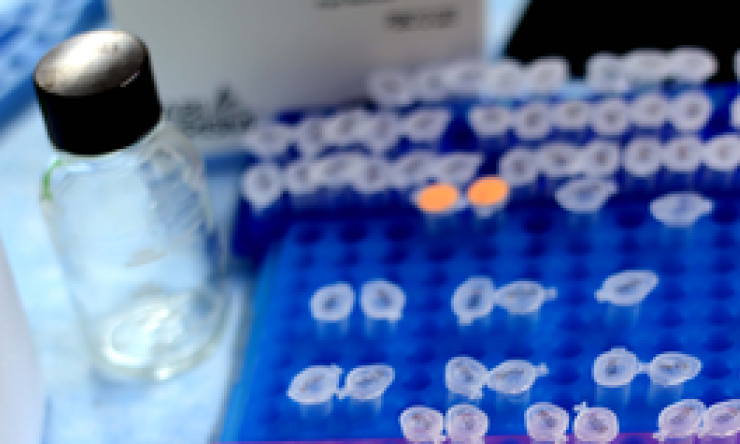The pancreas is an oblong flattened gland, about six inches long, located deep in the abdomen, sandwiched between the stomach and the spine. It has five main parts – the tail, body, neck, head and uncinate process.
The pancreas is made up of glandular tissue and a system of ducts. The main duct is the pancreatic duct which runs the length of the pancreas. It drains the pancreatic fluid from the gland and carries it to the duodenum (the first part of the small intestine).
The main pancreatic duct merges with the bile duct to form the ampulla of Vater (a widening of the duct just before it enters the duodenum).
The pancreas is an integral part of the digestive system. It makes digestive enzymes and fluids which are released in the duodenum to help break down proteins, carbohydrates and fats. This is called the exocrine part of the pancreas. The pancreas also makes insulin and glucagon, the hormones that control sugar levels in the blood. This is the endocrine part of the pancreas. Most cancers of the pancreas start in the digestive enzyme (exocrine) part. Only about five to ten percent originate from the insulin-hormone (endocrine) part.
Additional Information
Procedures
Diagnostic Testing
- CT Scan (Computed Tomography)
- ERCP (Endoscopic Retrograde Cholangiopancreatography)
- MRI (Magnetic Resonance Imaging)
Living with pancreatic cancer: Four years and counting with personalized care
“My friend told me my skin was looking a little orange,” said Catherine Jennings, describing the first sign that something wasn’t quite right with her health.
Clinical Trials
Baylor College of Medicine conducts clinical trials that give participants access to the latest, most comprehensive diagnostic and treatment options available. See clinical trials for pancreatic cancer.









